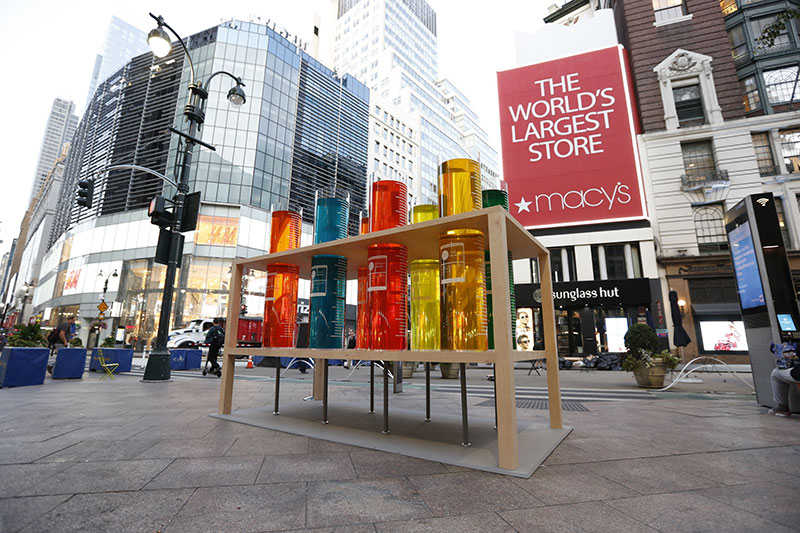Kind Healthy Snacks is calling attention to the use of synthetic dyes in a wide variety of foods consumed by children. The company not only hopes to highlight the excess use of synthetic dyes in obvious culprits—like cereals and sugary beverages—but also unexpected, seemingly healthy foods like fruit snacks, yogurt and applesauce.
The consumption of dyes increased more than fivefold since the 1950s, resulting in 43 percent of foods marketed to children now containing synthetic dyes. Kind says it is concerned that American kids are now accustomed to eating foods that are artificially colorful and less likely to try and enjoy foods that are naturally colored. After just two years on the retail market, the company has decided to remove Fruit Bites from shelves, stating that “kids regretfully prefer to eat fruit snacks that resembled candy gems versus the dried, whole fruit that Kind uses in its products.
“Synthetic dyes are controversial and add no nutritional value to children’s diets,” says Stephanie Csaszar, Kind’s health and wellness expert. “Typically, vibrant colors positively correlate to a food’s nutrition and taste quality; however, synthetic dyes counteract this thinking. The food industry uses them to their advantage to enhance visual appeal, enticing children into eating them and parents into buying them.”
To demonstrate how widespread the issue is, Kind recently unveiled a public installation of test-tubes containing 2,000 gallons of synthetic dyes—the amount of dye American children roughly consume each day. The installation, on display in Herald Square in New York City, uses the eight synthetic dyes currently approved by the Food & Drug Administration (FDA) and highlights unexpected foods they can be found in everything from microwave popcorn to pickles to fruit cups.
The display is meant to expose the increased prevalence of synthetic dyes in foods. Over the past 60 years, there has been a fivefold increase in the consumption of synthetic dyes leading to an increase in children’s individual consumption. Beyond candies and sugary beverages, synthetic dyes are now also found in 95 percent of fruit snacks, 86 percent of frozen breakfasts, 57 percent of fruit/pudding cups, 39 percent of chips and crackers, among other categories.
“Since day one, Kind has been committed to balancing health and taste and adhering to our Kind Promise to craft snacks with a nutritionally-dense first ingredient,” says Daniel Lubetzky, founder and executive chairman. “When we launched Kind Fruit Bites, we were unwavering in our decision to not use synthetic dyes in an effort to elevate the current fruit snacks category. Our unsettling discovery of the issue at hand compelled us to act and educate parents on the use of dyes in their kids’ foods so that they can make more informed eating decisions.”
Despite the retail failure, Kind continues to offer Strawberry Apple Cherry, Cherry Apple and Mango Pineapple Apple on its website.

